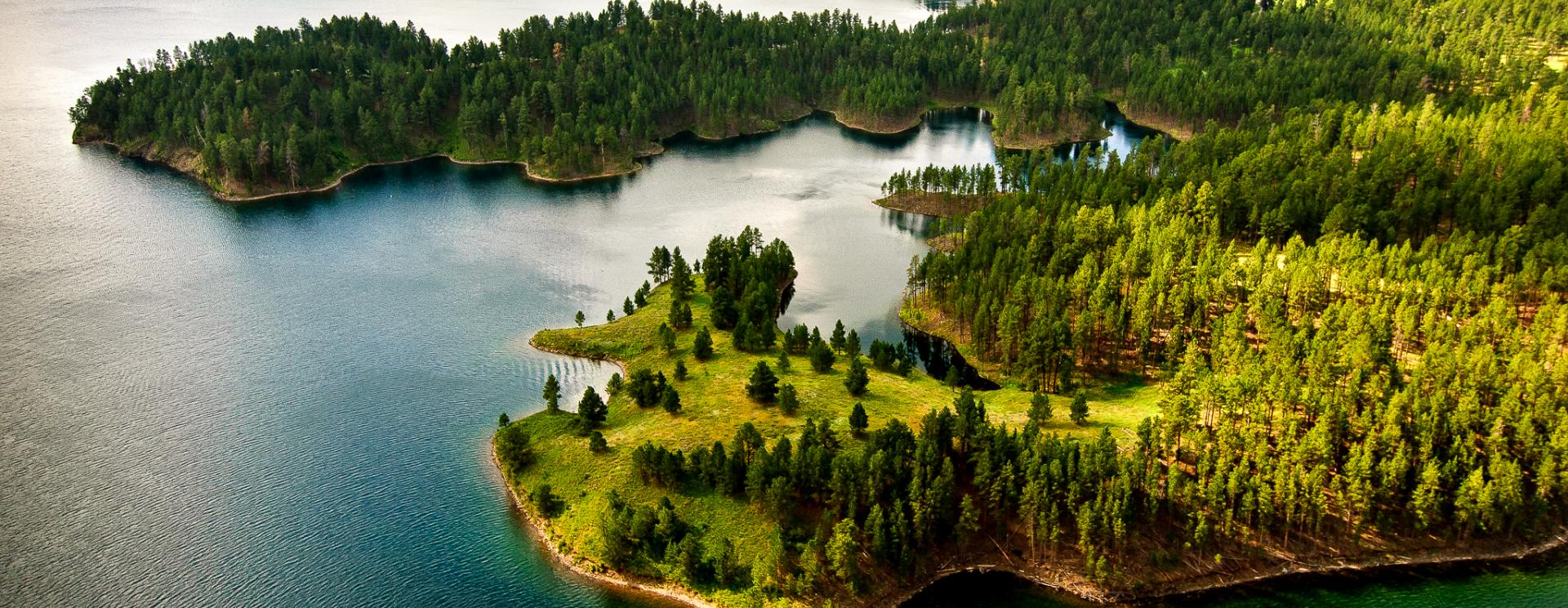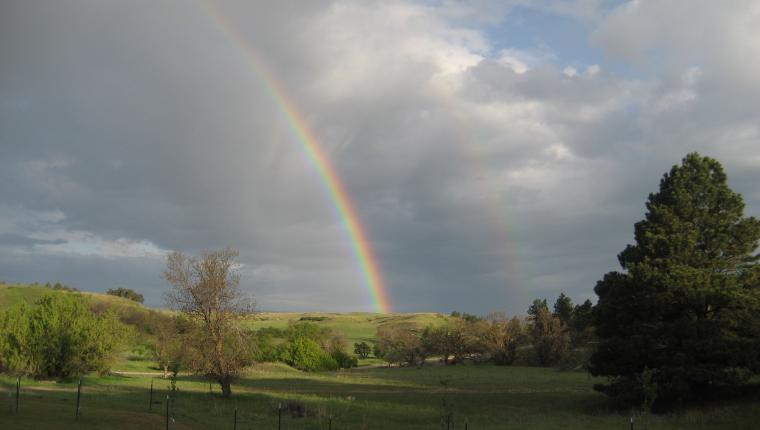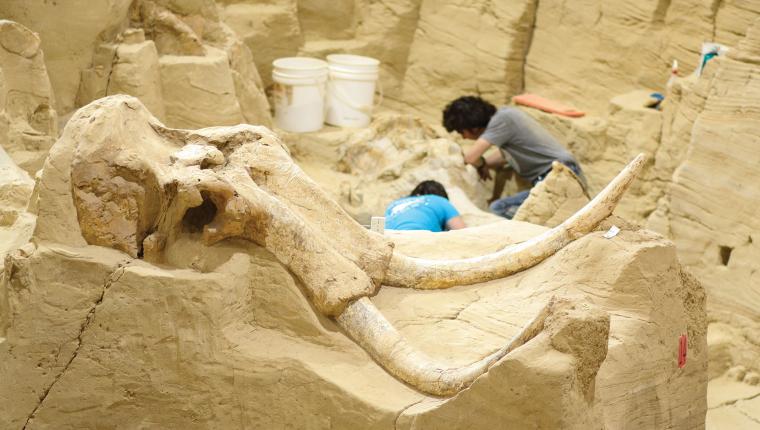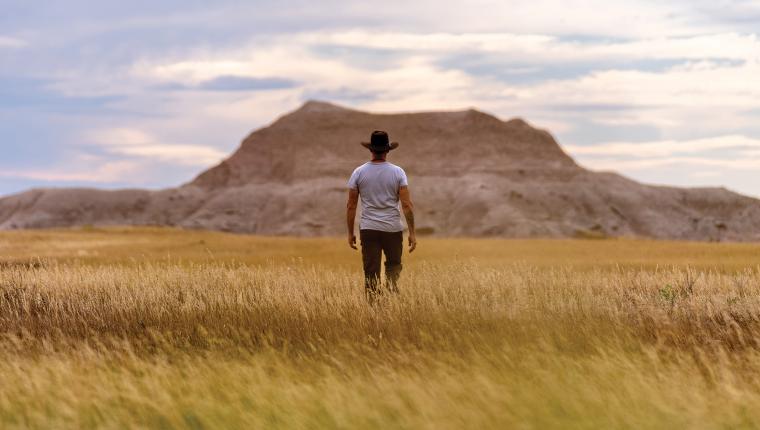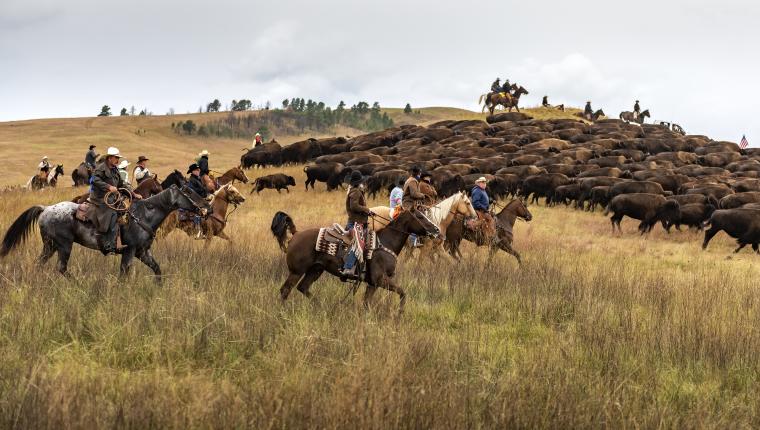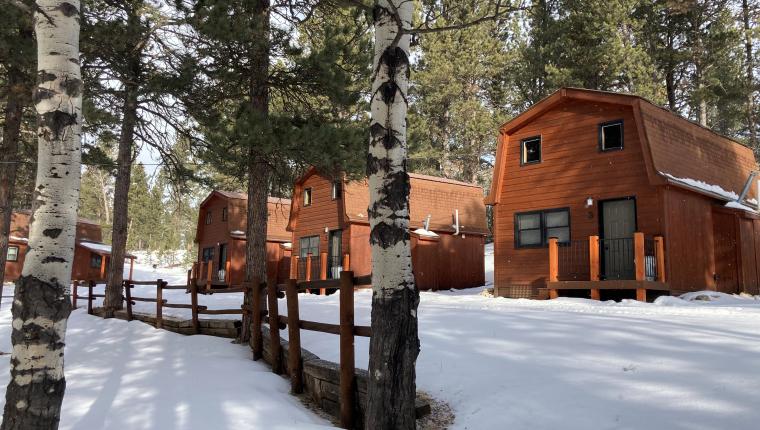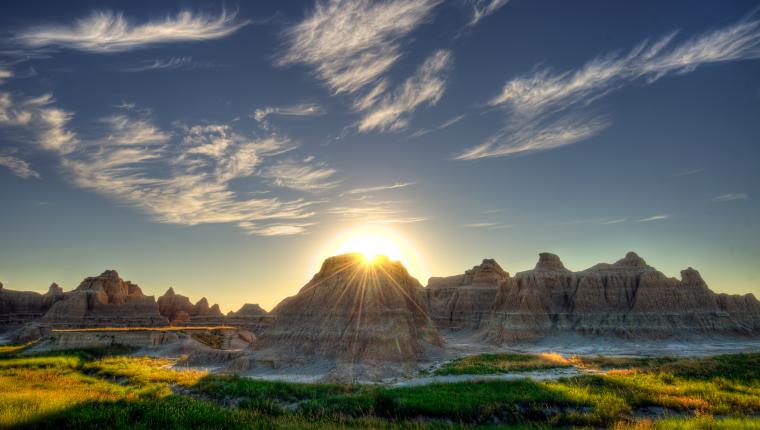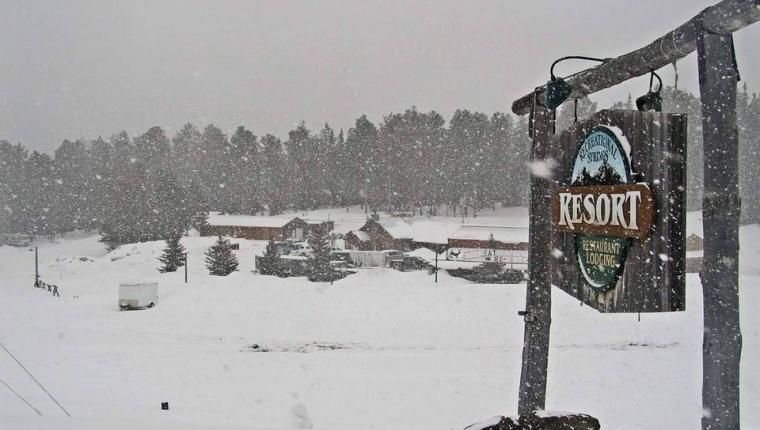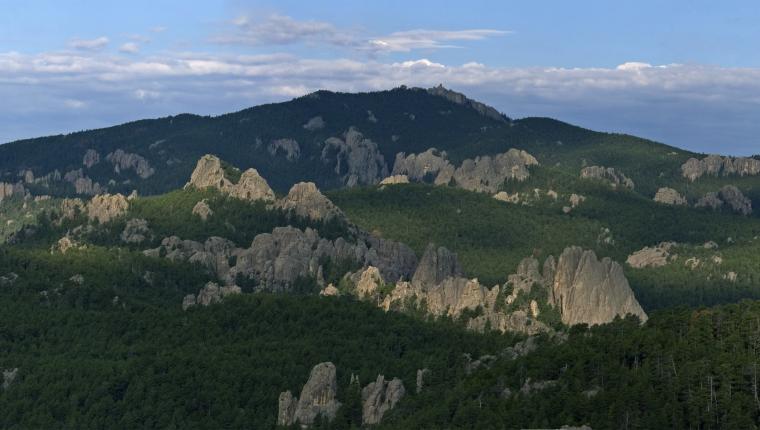When I was a child so many years ago, my mother, who was raised on the Minnewasta Ranch, a homestead dairy farm hugging the western slope of Skyline Drive on Rapid City’s westside, would fondly recall riding the Crouch Line railroad up what is now Rimrock Highway.
Those exciting day-trips to a small day-camp past Johnson Siding, and on to the small town of Pactola, took advantage of what was then called “the crookedest railroad in America,” where some have noted it spanned 100 bridges and didn’t have a straight piece of track on the entire 38-mile route.

But what fascinated this young boy most was the fact there once was a town hidden beneath the rippling waters of Pactola Reservoir, and that my mother, her siblings and their hard-working pioneer parents, Ted and Ruth Raymond, had visited the tiny community many times years before I was born.
I remembered my mother’s stories even as I first water-skied on Pactola in high school, where the reservoir’s 150-foot depth ensured a water temperature cold enough to get your attention. When I’d cast a bobber in Jenny Gulch, I’d often think about those early-day Black Hills settlers who long-ago lived and worked in the now-hidden city so far below where my night-crawler floated.
And, I smiled in January 2013, when Aaron Jones of Rapid City landed a 30-pound monster of a lake trout at Pactola, setting a new state record. As impressive as the 41-inch-long fish was, I found it even more remarkable that Jones was out ice fishing in January, not known for being the balmiest month in the Black Hills.
Today, Pactola is the largest and deepest reservoir in the Black Hills. But, it wasn’t always that way.

Originally known as Camp Crook in honor of, or perhaps in spite of Gen. George Crook, who established his headquarters there while chasing miners from the region in the 1870s, miners first settled the town in 1875. When the federal government finally threw up its arms and abandoned Gen. Crook’s efforts to keep miners away and adhere to its treaty with the Sioux, miners returned to the area in search of gold.
By 1877, some 300 miners were working the rich placer deposits and the town was renamed Pactola after the ancient Greek placer mines on the river Pactolus in present-day Turkey, which supposedly made Croesus extremely wealthy. While a major gold strike at Deadwood led many miners to abandon Pactola, others stayed and eked out a living.
A long flume was constructed, a store opened and in 1877, one of the first post offices in the Black Hills was established at Pactola. With the arrival of the Black Hills & Western Railroad, also known as the Crouch Line for its builder, C.D. Crouch, and the construction of a hotel, the town was booming and soon took on the aura of a mining town and resort.
As the decades passed, homes, lodges, church camps, stores, a dance hall, a Civilian Conservation Corps camp and even a facility for tuberculosis patients arrived on the scene and Pactola’s future appeared bright. But, as was the case with so many towns established during the West’s great gold rush, as mining profits dwindled, so did the population of the small community.
With the Flood Control Act of 1944, and a growing need for steady water supplies downstream in the burgeoning hamlet of Rapid City, federal agencies decided to build a dam at the site. As work on the massive dam proceeded from fall 1952 to 1956, many of Pactola’s buildings were auctioned off and moved to nearby communities, while some were simply abandoned.
By the time Pactola Valley was inundated with water in late 1956, only a few buildings, a roadbed and the rail line remained.
But, as you stand on the shores of Pactola Reservoir and listen closely, you can still imagine a line of blue coats riding horses through the ponderosa pines, sweat-stained miners working their claims, and the far-off whistle of a Crouch Line locomotive as it rides the curving rails from Rapid City to Mystic.

And, I can still recall my mother’s loving descriptions of a time so long ago when the town of Pactola beckoned a visit, long before it became a place hidden in the depths of its watery grave.
